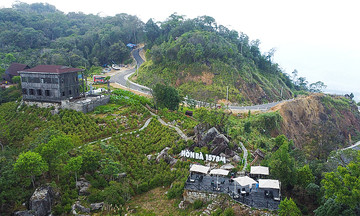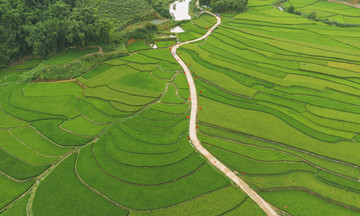Mai Phuong (According to Uji Matcha Japan)
While many enjoy matcha lattes and other matcha-infused treats, the deeper story of this vibrant green powder reveals a rich history and intricate production process. Matcha, meaning "powdered tea," distinguishes itself from other green teas by its unique cultivation and preparation. Unlike regular green tea where the leaves are steeped and discarded, matcha utilizes the entire leaf, ground into a fine powder.
The journey begins several weeks before harvest, when tea bushes are shaded to boost chlorophyll production. This process results in a darker green hue and enhances the amino acids that contribute to matcha's distinct sweetness and umami flavor. After harvesting, the leaves are carefully steamed and dried, removing stems and veins before being stone-ground into the delicate powder we recognize as matcha.
The cultural significance of matcha is deeply intertwined with Japanese tradition. For centuries, it has played a central role in the Japanese tea ceremony, a ritual emphasizing harmony, respect, purity, and tranquility. The precise movements involved in preparing and serving matcha reflect a deep appreciation for the art form and the connection to nature it represents.
Beyond the traditional tea ceremony, matcha has become increasingly popular in modern culinary applications. Its versatility allows for incorporation into various foods and beverages, from lattes and smoothies to cakes and ice cream. The vibrant color and unique flavor profile elevate both sweet and savory dishes, making matcha a sought-after ingredient for chefs and home cooks alike.












